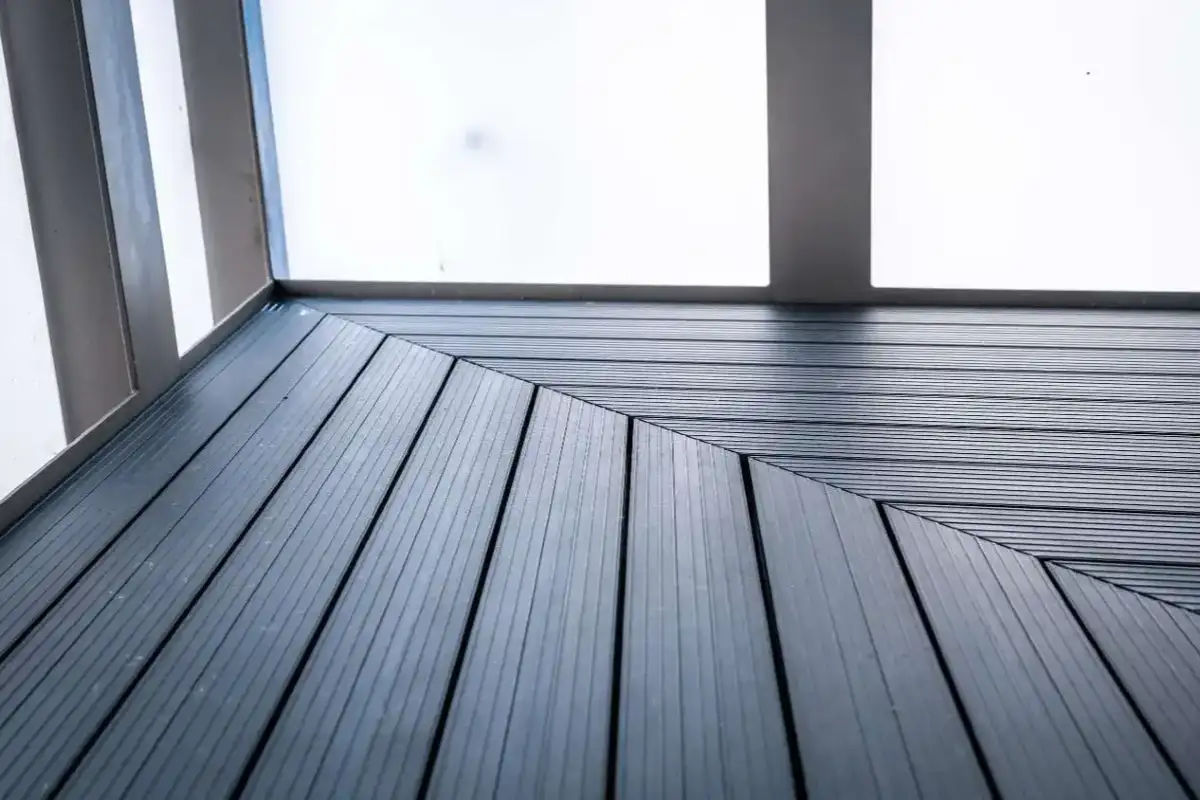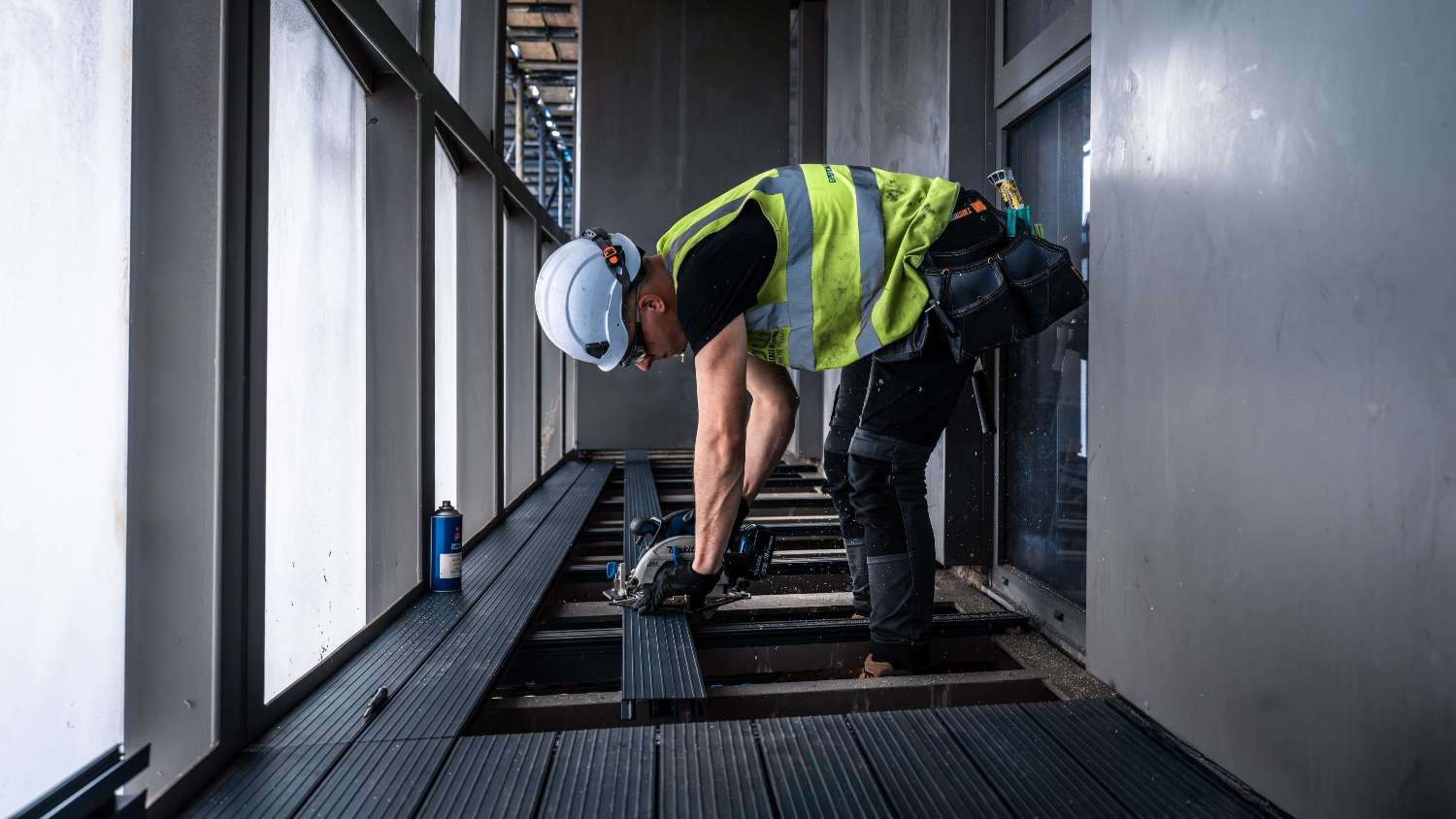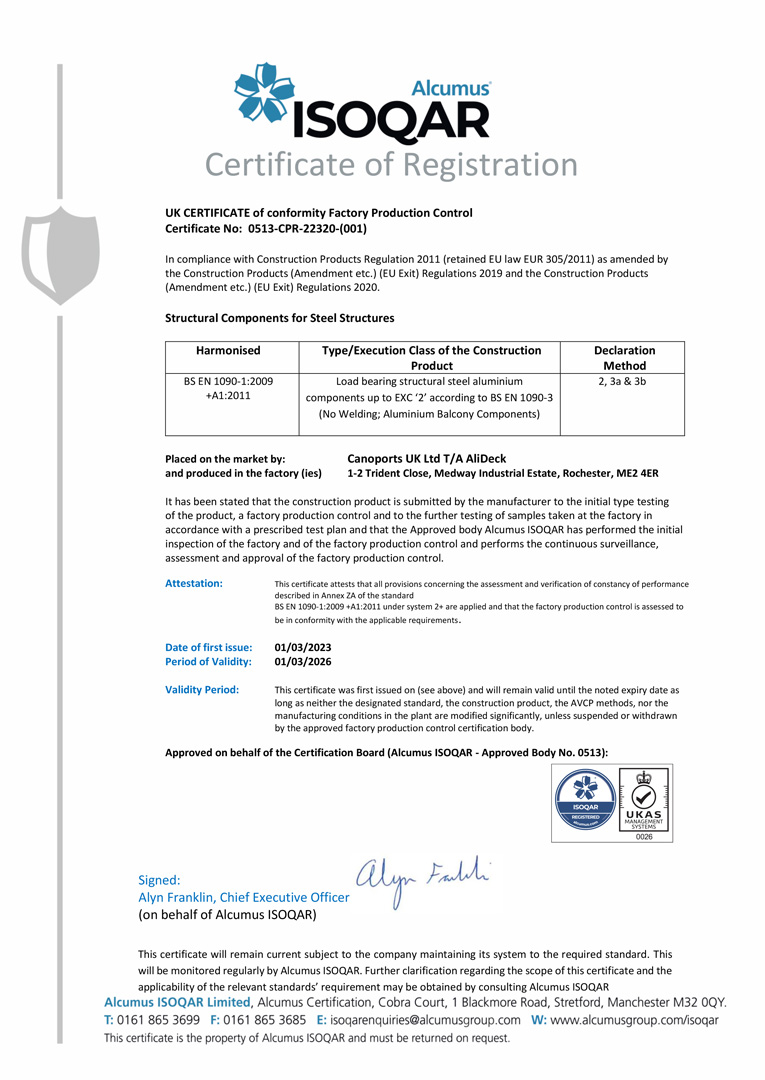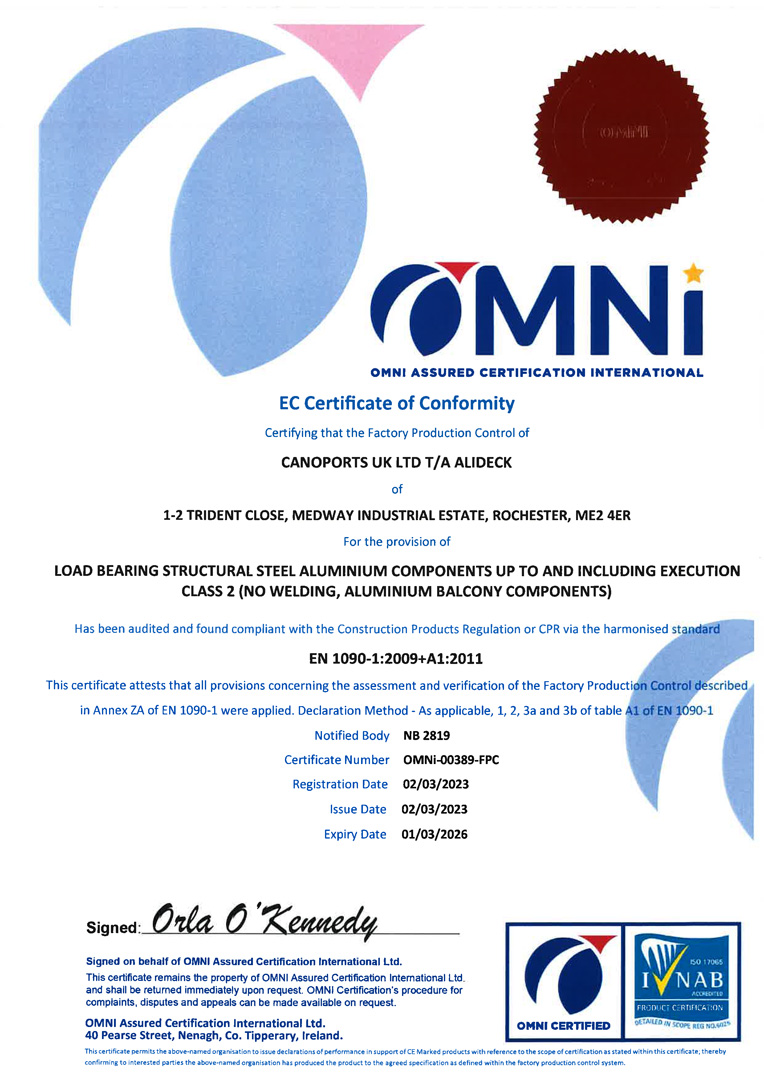Our Guide to Decking Drainage: Ensuring Longevity and Safety

Decking is a fantastic addition to any outdoor space, offering a versatile area for relaxation, entertaining, or simply enjoying the fresh air. However, one often overlooked aspect of decking installation and maintenance is drainage.
Proper decking drainage is essential to protect the structure, enhance safety, and ensure it remains functional and attractive for years to come. In this guide, we’ll explore why drainage matters, the challenges of poor drainage, and various solutions available to homeowners and builders in the UK, including a standout option from AliDeck.
Why decking drainage is so important
In the UK, where rainfall is a frequent visitor, managing water runoff on decking is critical. Without effective drainage, water can pool on the surface, seep into the structure, or spill over the edges, leading to a host of problems.
Over time, standing water can cause timber decking to rot, metal components to corrode, and composite materials to degrade. Beyond structural damage, poor drainage creates slippery surfaces, posing a safety hazard, especially in households with children or elderly residents. Additionally, water cascading off decking can erode the ground below or damage lower levels in multi-tiered designs, such as balconies or terraces.
Effective drainage isn’t just about protecting the deck itself, it’s also about complying with building regulations and ensuring peace of mind. For elevated structures like balconies, proper wastewater management is a legal requirement in many cases, as outlined in standards like BS8579:2020 (Guide to the Design of Balconies and Terraces).
Whether you’re a homeowner or a contractor, understanding and implementing a robust drainage system is a non-negotiable step in decking projects.
Common decking drainage challenges
Decking drainage issues often stem from poor planning or inadequate systems.
Flat or poorly sloped surfaces are a primary culprit, as they prevent water from flowing away naturally. In timber decking, tightly spaced boards can trap water, while in composite or metal decking, insufficient gaps or blocked channels can lead to pooling.
For balconies and raised decks, the challenge intensifies, water must be directed away efficiently to avoid affecting lower levels or passers-by below.
Adverse weather, a hallmark of the British climate, exacerbates these problems. Heavy rain, combined with wind, can overwhelm substandard drainage setups, while freezing temperatures can turn trapped water into ice, further damaging the deck.
Over time, these issues compound, leading to costly repairs or even complete replacement. Recognising these challenges early in the design process is key to avoiding headaches down the line.
Effective decking drainage

Fortunately, there are several strategies to ensure proper decking drainage, catering to different materials, budgets, and project scales.
For ground-level timber decks, spacing boards with small gaps (typically 5-8mm) allows water to drain through to the ground below. Installing a slight slope, around 1-2%, encourages runoff towards a designated area, such as a garden or drain. Underneath, a layer of gravel or permeable membrane can improve soil drainage and prevent waterlogging.
For composite decking, which is increasingly popular in the UK due to its low maintenance, manufacturers often recommend grooved boards or hidden drainage channels. These direct water away discreetly, maintaining a sleek appearance. Adding a perimeter gutter system can further enhance this setup, capturing runoff before it spills over the edges.
Elevated decks and balconies require more sophisticated solutions. Traditional methods include under-deck trays or soffit drainage systems, which collect water beneath the surface and channel it to a downpipe. However, these can be costly and complex to install, particularly in retrofits. Modern innovations have stepped in to address these limitations, offering integrated drainage at the decking level for a more streamlined approach.
Our drainage system
For those tackling balcony or terrace projects, our AliDeck Balcony Drainage System stands out as an innovative and reliable option. Designed to meet the stringent requirements of Building Control and BS8579:2020, this system captures rainwater and spillages directly between the decking boards, channelling it through a drainage gutter to a downpipe or designated outlet.
Unlike traditional soffit-based trays, AliDeck’s solution operates at deck level, eliminating complexity while reducing the risk of water falling onto lower balconies or passers-by. Available in various sizes and built from durable, weather-stable aluminium, it’s a low-maintenance choice that suits both residential and commercial applications.
More tips for decking drainage success
Beyond choosing the right system, several factors contribute to effective decking drainage. During installation, ensure the substructure, whether joists or bearers, is levelled with a slight gradient to guide water flow. For timber decks, regular sealing or staining helps repel water and prolongs the material’s life, while composite and aluminium decks benefit from periodic cleaning to prevent debris buildup in drainage channels.
Location matters too. Decks near trees may face clogged drainage from leaves, requiring more frequent maintenance. In coastal areas, salt-laden air can accelerate corrosion in metal components, so opting for high-quality, coated materials (like those with a Qualicoat finish) is wise. Finally, consider the end point of your drainage, directing water into a soakaway, rain garden, or stormwater system ensures it’s managed responsibly and complies with local regulations.
Wrapping up
Decking drainage might not be the most glamorous topic, but it’s a cornerstone of any successful outdoor project. From simple timber setups to complex balcony systems, the principles remain the same: plan ahead, choose the right materials, and implement a solution that suits your needs.
Whether you opt for traditional methods like sloped boards and gutters or advanced systems like the AliDeck Balcony Drainage System, the goal is to create a deck that’s as durable as it is enjoyable. Next time you step onto your deck, take a moment to appreciate the unseen work keeping it safe and sound, because good drainage is the unsung hero of outdoor living.








